Swiss scientists warn of increased avalanche risk in Indian Himalayas
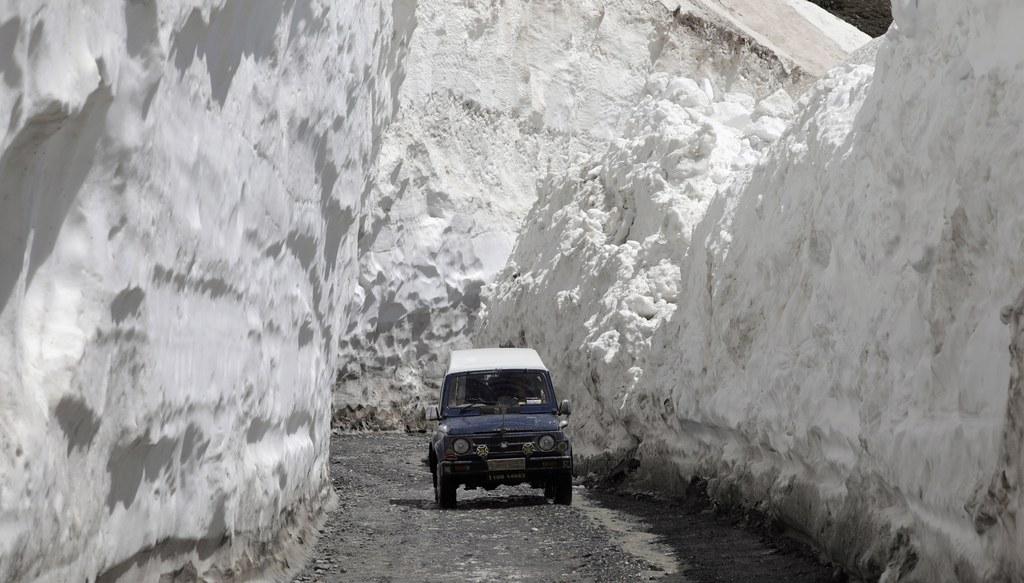
Contrary to expectations, the risk of avalanches in the Kullu Himalayas has increased due to climate change, according to scientists from the University of Geneva. This could have implications for the construction of high-altitude road projects like the Rohtang tunnel.
By comparing tree rings with climate data as far back as 1855, researchers found that the number of avalanches increased from one per decade to almost one every year. The team recorded a total of 38 avalanches from studying tree rings of 144 trees in the Kullu district of Himachal Pradesh state. Tree growth anomalies have been used to identify past avalanches in North America and Europe but this is the first time this was done for the Indian Himalayas.
The results showed that from virtually no avalanche activity between 1940 and 1960, the frequency between 1970 and 1977, as well as 1989 and 2003 was almost one a year (0.87 average). The impact or footprint of these avalanches has also increased from the 1970s onward.
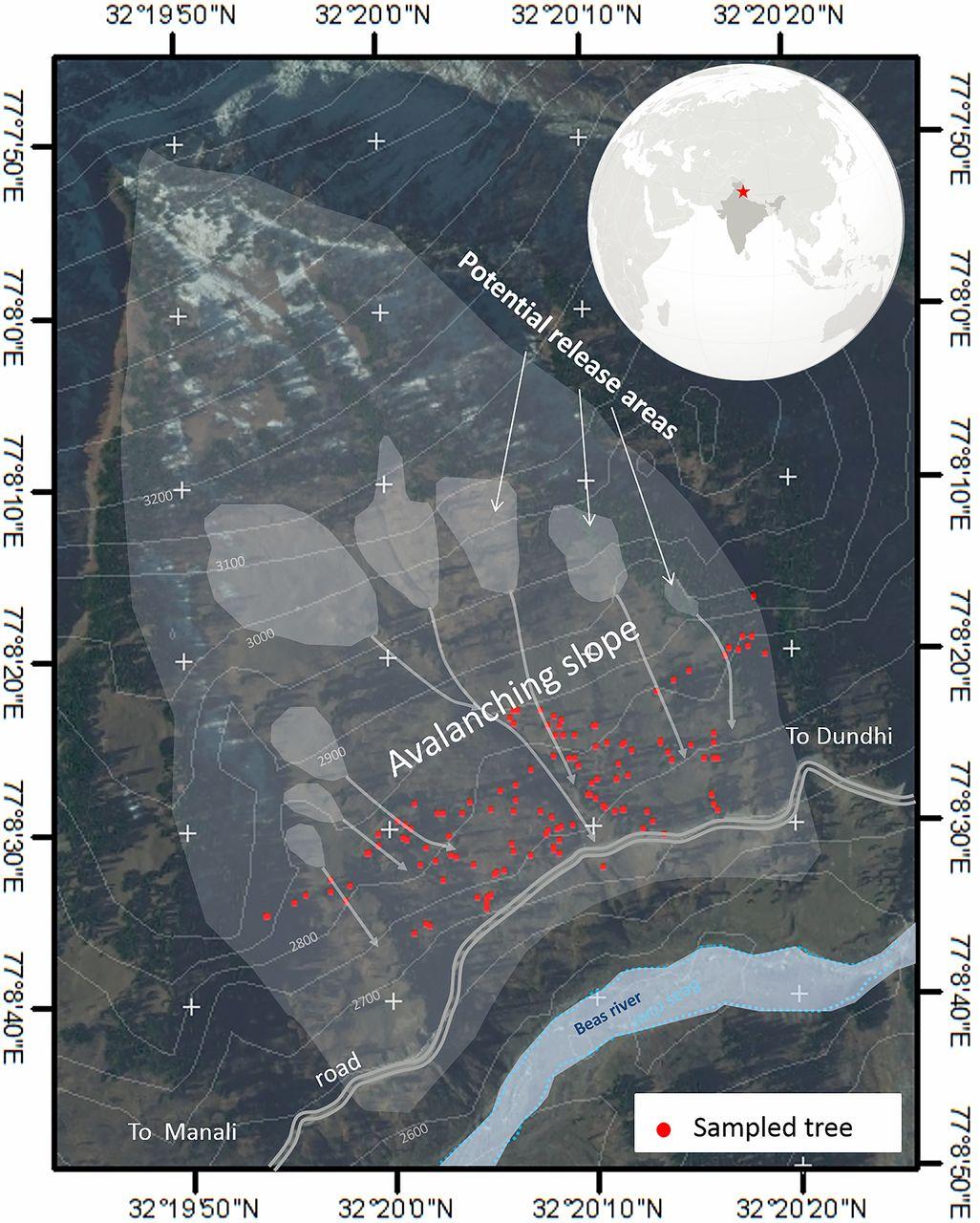
The increase in avalanche risk is also clearly associated with rising temperatures which may have increased 0.2 to 0.4 degrees Celsius per year in some parts of the Himalayas. Higher temperature affects the cryosphere: glaciers retreat, permafrost melts losing its role as a sediment stabiliser, and the structure of the snowpack changes. Altered by rain, which now falls earlier in the season, the snowpack destabilises before spring, at a time when it is thicker, causing an increase in the number and power of avalanches. As the snow is wet, the avalanches descend slowly but over a long distance. The study was publishedExternal link on March 13 in the Proceedings of the National Academy of Sciences.
Climate planning
These findings question the widely held belief that less snow equals fewer avalanches and has implication for disaster risk management in a fragile but increasingly populous region. For example, the Indian government has almost finished building one of the longest tunnels in the country – the 8.8 km Rohtang tunnel – to help traffic bypass the need to travel through one of the highest passes (Rohtang pass at almost 4,000m) which is closed in winter. However, this brings new challenges.
“The entrances of the Rohtang tunnel are in sloping areas which are prone to avalanches. Authorities should think of protecting the entrances to make the tunnel operational over the entire year, like Switzerland has done for its high-altitude tunnels,” study leader Juan Ballesteros, told swissinfo.ch.
According to Ballesteros it is very important that Indian authorities and vulnerable Himalayan villagers are made aware of the increasing risk of wet avalanches. Scientific exchange of the research outcomes is already happening as part of an Indo-Swiss joint project called Indian Himalayas Climate Adaptation ProgrammeExternal link.
“We can use the gathered tree ring records to calibrate snow-avalanche models, which can be used to improve the design of avalanche mitigation and protection infrastructures. The statistical models along with observations should be used to improve the seasonal and temporal accuracy of avalanche forecasts,” he says.

In compliance with the JTI standards
More: SWI swissinfo.ch certified by the Journalism Trust Initiative

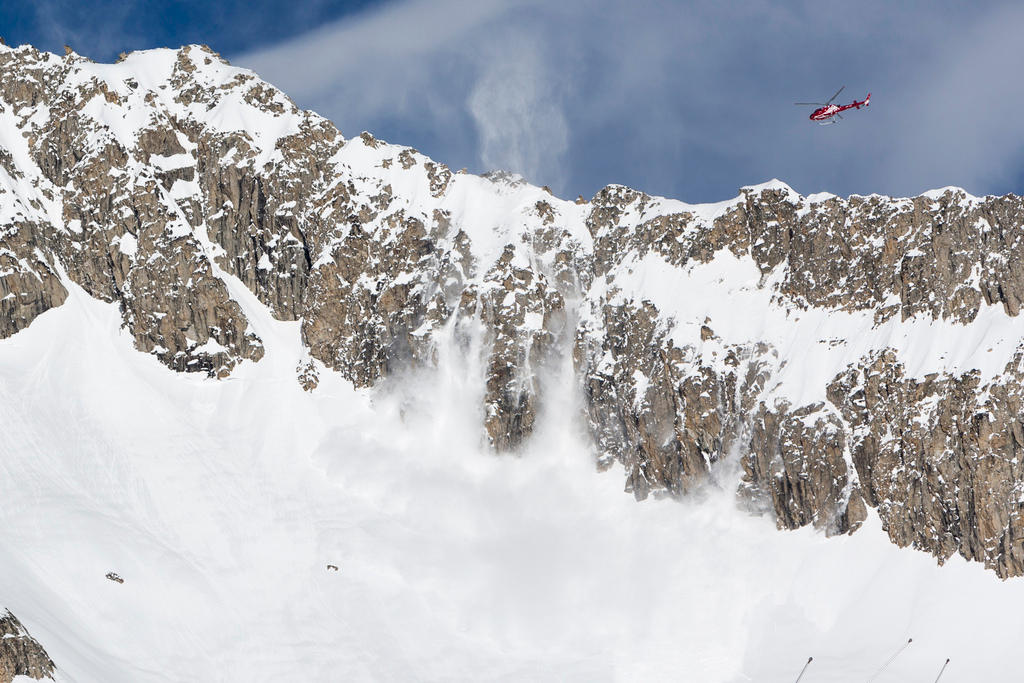
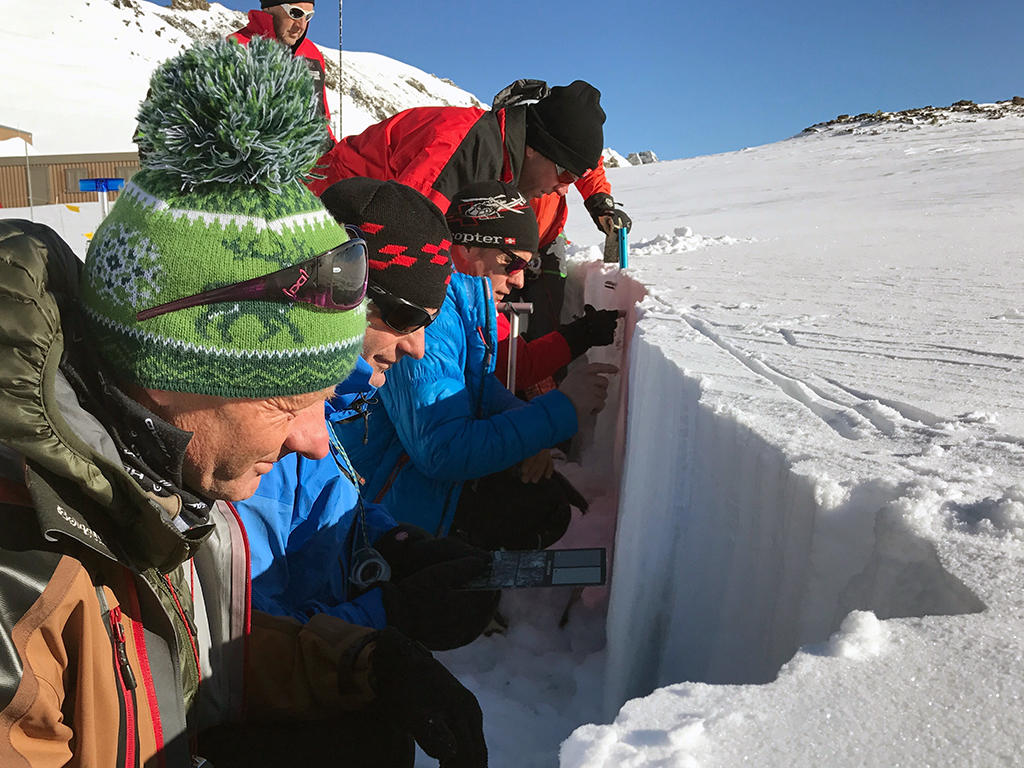
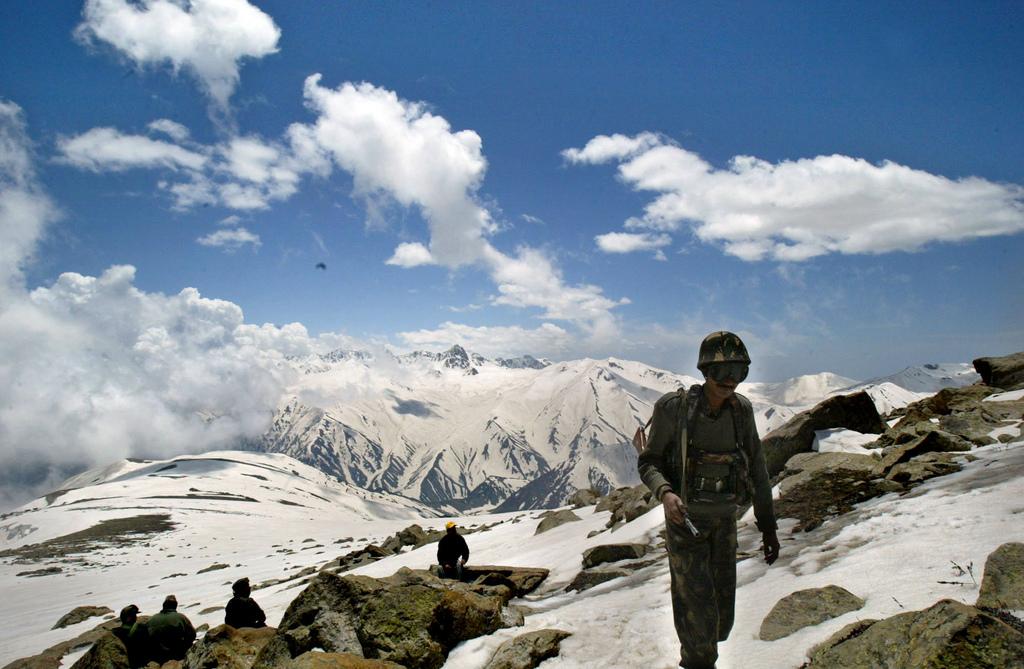
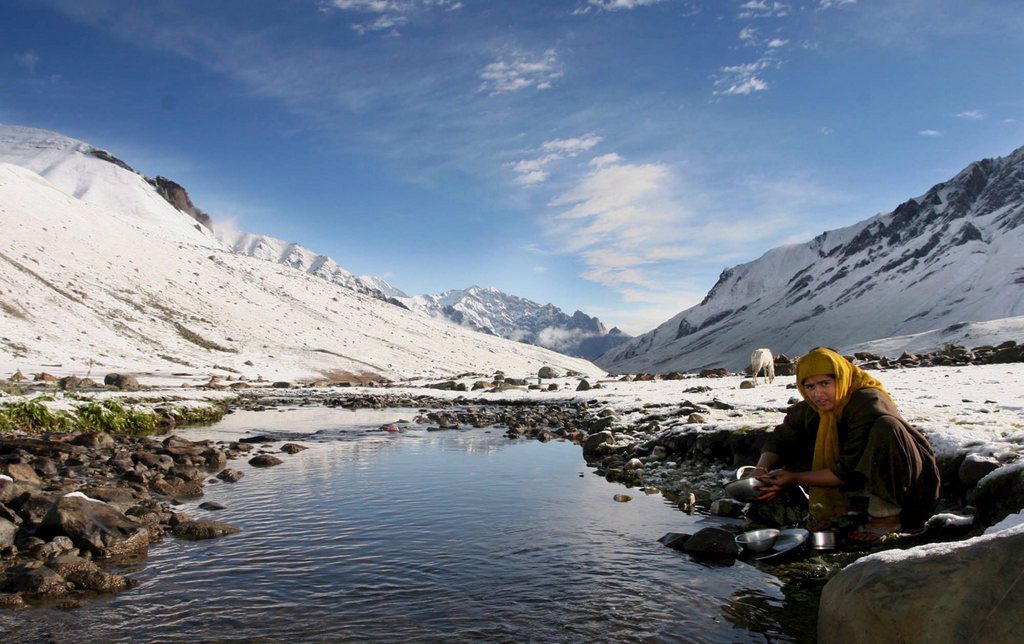
You can find an overview of ongoing debates with our journalists here. Please join us!
If you want to start a conversation about a topic raised in this article or want to report factual errors, email us at english@swissinfo.ch.